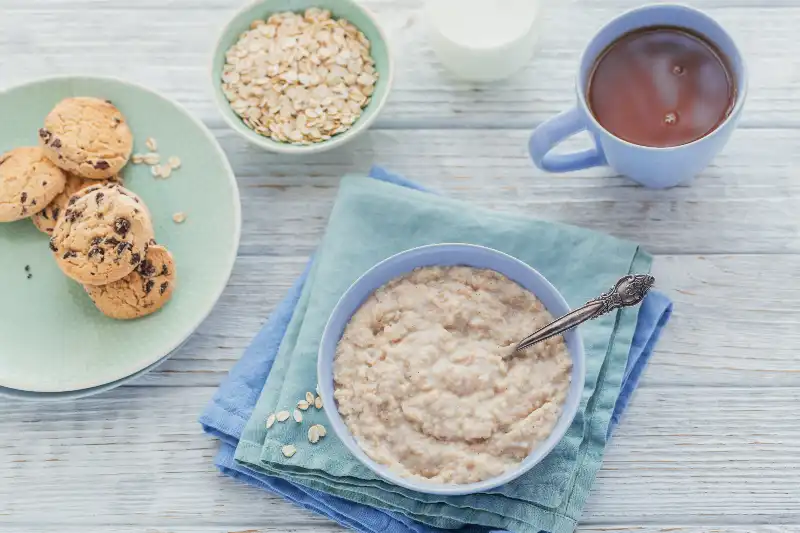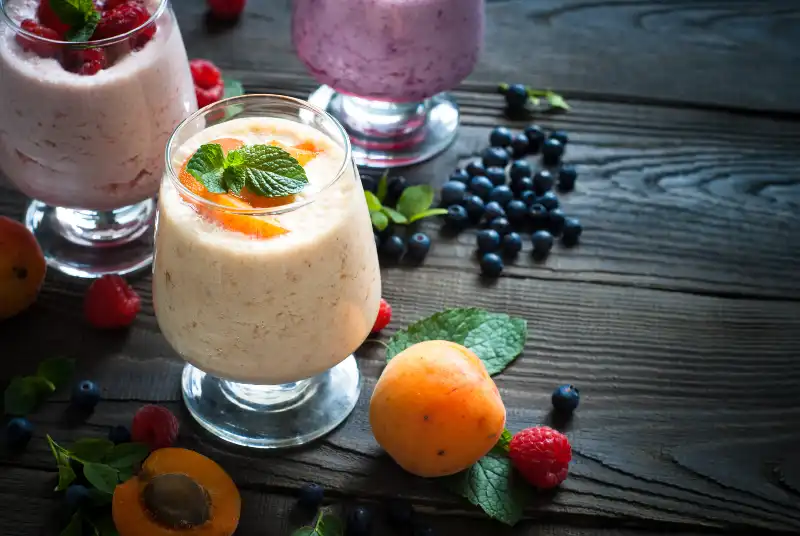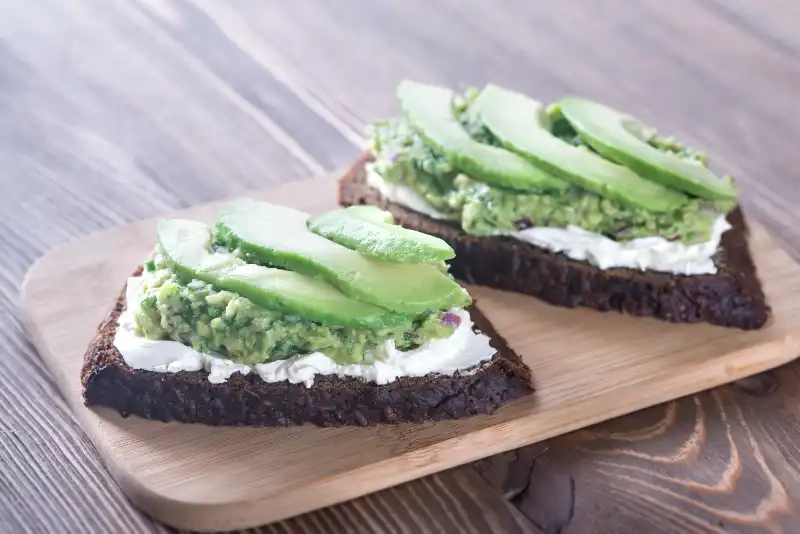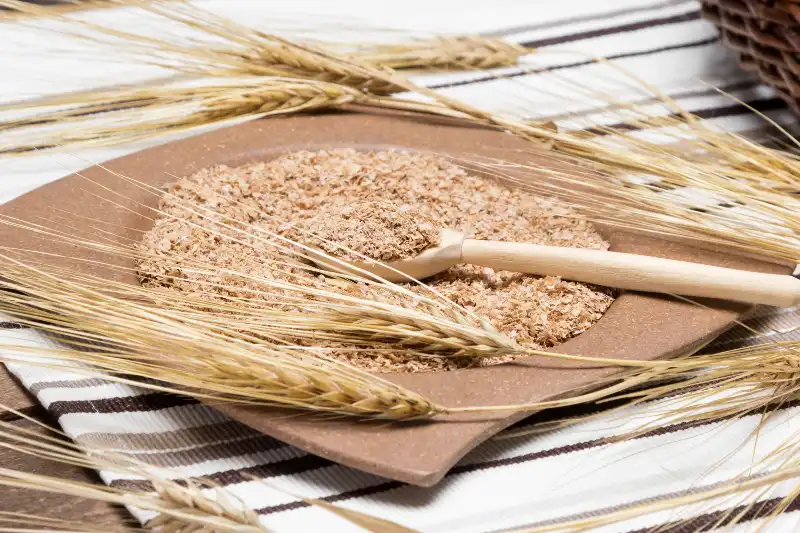Last updated on August 26th, 2022
Breakfast is a vital meal of the day. It is more so for diabetics who should not stay hungry for a longer time. This may elevate their levels of blood sugar. Coming up with nourishing, delicious, and satisfying breakfast options can be a struggle for a diabetic person. Also, many well-accepted breakfast alternatives contain a large number of carbs. With diabetes, it’s essential to manage blood glucose levels. And this involves the management of the number of carbs a person consumes. It is good to choose options containing high protein, fiber, healthy fats, and fewer carbs. Read this article to know about the best breakfast food for diabetics
With diabetes, it’s classically essential to manage blood glucose levels. And this involves the management of the number of carbs a person consumes. While taking into account the breakfast alternatives, choose those containing high protein and fiber, healthy fats, as well as low amounts of carbohydrates.
Need of Healthy Breakfast For Diabetics
The key is to opt for a nourishing breakfast that keeps a person full and keeps the glucose levels within healthy limits, which might differ from individual to individual. A diabetes-friendly breakfast involves a blend of carbs, protein, and healthy fats in appropriate proportions, which assists in balancing blood glucose. Research studies establish that diabetics who consume breakfast are less expected to overeat during the day.
Inappropriately, a lot of breakfast options consist of processed carbs and sugars, which might bring about raised glucose levels. Additionally, individuals having type 2 diabetes who try to control their weight require limiting or avoiding food products containing high amounts of glucose and fat.
Also, diabetes leads to an increased risk of hypertension and heart problems, hence a diabetic person must reduce his or her consumption of salty foods and unhealthful fats, particularly animal fats. On the other hand, a lot of substitutes for sweet, high-fat, or salty breakfasts are present. One of the best breakfasts is the one that contains high amounts of fiber and low added sugar, carbs, and salt. Nutrient-dense food items deliver a sensation of being full, making it simpler for individuals to resist unhealthy snacks.
Also Read: Normal Blood Sugar Levels Chart For Adults
What to Keep in Mind?
Very first meal of the day plays a key role in determining energy levels. These are directed by the production of sugar in the body. A diabetes diet requires providing a healthy supply of energy. This kickstarts a person’s body in the morning. A person must receive enough supply of energy that must have a good breakfast. Diabetics must ensure a good balance in diet. Breakfast should include protein-rich foods and veggies together with good carbs.
Breakfast should include protein-rich foods and veggies together with good carbs. For example, it is a good idea to consume ½ cup of upma or poha plus ½ cup of sprouts and ½ cup of chutney and some yoghurt instead of 2 cups of plain upma or poha.
Also Read: Food to Avoid in Diabetes
Top 11 Breakfast Ideas For People With Diabetes
Below are some of the great breakfast options for diabetics:
Eggs
Eggs are tasty, versatile, and a great breakfast option for any diabetic. It contain fewer calories and high protein, offering about 70 calories and 6 grams of protein per large egg. Furthermore, one egg comprises below 1 gram of carbs. A recent study found that consumption of two eggs daily as part of a high protein diet considerably decreased the levels of fasting blood glucose and HbA1c, an indicator of long-term glucose control.
Eggs can be enjoyed in several ways like fried, poached, or scrambled. Instead, try making a healthy and delicious omelet using different veggies such as mushroom, spinach, and bell peppers.
Oatmeal
Oatmeal is a nourishing breakfast dish prepared from rolled, steel-cut, or instant oats. Even though oats are moderately high in carbohydrates, oatmeal is a good alternative for diabetic people as it helps in reducing blood glucose levels owing to its high fiber content. Opt for rolled or steel-cut oats. They’re less processed as compared to the instant type.
One serving of oatmeal prepared from half a cup of oats and one cup of water consists of:
- Carbs: 27.4 grams
- Protein: 5.4 grams
- Fiber: 4.1 grams
- Fat: 2.6 grams
- Calories: 154
Oats comprise a particular form of fiber named beta-glucan, which is accountable for most of its blood glucose-reducing effects. Moreover, beta-glucan assists a person in staying fuller for longer by supporting the liberation of peptide YY (PYY) in the gut, which indicates the feeling of fullness. If a person wants to make oatmeal tastier and more nourishing, try including constituents like nuts, seeds, cinnamon, berries, or Greek yogurt; none of which contain a high amount of carbs.
Greek yogurt with berries
Greek yogurt with berries is a simple, delicious, and nourishing breakfast option that suits any diabetic. As per research studies, consuming dairy products is thought to improve blood sugar control and reduce glucose levels. It’s speculated that this might be partly because of yogurt’s probiotics, which assist the breakdown of sugars by the body.
A 150-gram serving of low-fat Greek yogurt with half a cup of berries comprises the following:
- Protein: 16 grams
- Carbs: 13.5 grams
- Fiber: 1.6 grams
- Fat: 0.8 grams
- Calories: 121
Greek yogurt with berries is found to be moderately low in calories. Also, one tablespoon of crushed or slivered nuts can be added to get a boost of calories and healthy fats without enhancing the carb content much.
Multigrain avocado toast
This is an easy and popular dish enjoyed by diabetic people. For beginners, avocados contain rich amounts of fiber and monounsaturated fatty acids that may assist in preventing blood glucose from spiking too high following a meal. Also, this benefit is supported by the fiber from multigrain bread.
Around 33 grams of multigrain toast with half avocado delivers:
- Carbs: 24.3 grams
- Fat: 16.3 grams
- Fiber: 11.2 grams
- Protein: 6.9 grams
- Calories: 257
Overnight chia seed pudding
Chia seeds work great for diabetics. They are high in fiber and healthy omega-3 fatty acids. Also, they are low in digestible carbs. A person’s body uses digestible carbs. And raises the levels of blood glucose. One serving of chia seeds comprises:
- 12 grams of carbs
- 9.8 grams come from fiber
Chia seeds do not elevate the blood glucose levels. Moreover, the soluble fiber present in the chia seeds helps reduce glucose levels by delaying the movement of food in the gut and its absorption into the bloodstream. To prepare overnight chia seed pudding:
Place 28 grams of chia seeds, 1 cup of unsweetened almond milk, and a drop of vanilla extract into a jar.
Shake all the ingredients, combine them, and refrigerate overnight.
An overnight chia seed pudding contains:
- Carbs: 15.1 grams
- Fat: 11.1 grams
- Fiber: 10.2 grams
- Protein: 5.7 grams
- Calories: 175
To improve the flavor, top the chia pudding using fresh low carb fruits like blueberries or strawberries. For extra sweetness, add some sugar-free sweeteners like stevia.
Low carb smoothies
Even though smoothies are naturally high in carbs and glucose, there are numerous ways to make a delightful, low-carb smoothie appropriate for diabetics.
A low-carb avocado smoothie can be prepared from half avocado, half a cup of unsweetened almond milk, half a cup of low-fat Greek yogurt, and a drop of vanilla extract. This preparation consists of:
- Fat: 16.4 grams
- Protein: 15.1 grams
- Carbs: 14.6 grams
- Fiber: 7 grams
- Calories: 254
To improve the sweetness, a little natural sweetener such as stevia can be added. For a protein boost, half scoop or one scoop of protein powder can be added, this helps in curbing a person’s appetite.
Cottage cheese, fruit, and nut bowl
Cottage cheese is soft, smooth, tasty, and appropriate for diabetics. Furthermore, studies propose that intake of dairy products can assist in decreasing insulin resistance, which is a typical problem for any diabetic individual. It has a mild flavor by itself. Also, it can be made with sweet and savory cottage cheese, fruit, and a nut bowl.
A half-cup serving of cottage cheese topped with one-fourth cup of blueberries and 14 grams of almonds comprises:
- Carbs: 13 grams
- Fat: 9.5 grams
- Protein: 9 grams
- Fiber: 2.7 grams
- Calories: 191
Wheat bran cereal
Wheat bran is the external coating of the wheat kernel that is removed during the milling process. During cereal preparation, the processing of bran into flakes or pellets is done.
These contain rich nutrients and fiber and its glycemic load is lower. This means that they elevate the glucose levels slowly instead of quickly.
A 28-gram serving of wheat bran cereal comprises:
- Carbs: 23.1 grams
- Fiber: 5 grams
- Protein: 2.9 grams
- Fat: 0.7 grams
- Calories: 92.7
Wheat bran cereals cab be served with milk or yogurt. Add other constituents such as berries or cinnamon for additional flavor.
Multigrain toast with nut butter
The typical nut butter and toast is an easy breakfast alternative that fits any diabetic individual. One can consume high-fat foods. As these may delay the release of glucose into the bloodstream. Also, prevent the sugar levels from getting elevated.
One slice (33 grams) of multigrain toast with one tablespoon of natural peanut butter offers:
- Carbs: 19.3 grams
- Fat: 9.7 grams
- Protein: 8.4 grams
- Fiber: 3.4 grams
- Calories: 192
Also Read: Diet For People With Diabetes 2022
Tofu scramble with multigrain toast
Tofu is a versatile breakfast alternative for diabetics due to its low carbs, high protein, and fat content. Prepare it from condensed soy milk. And, then press them into firm blocks. It can be consumed as a lunch or dinner protein. And, can be enjoyed breakfast in several ways. For instance, cook up a fast, tempting tofu scramble. Simply chop firm tofu into bite-size pieces, cook in a hot frying pan in some olive oil, and top it using spices such as salt, pepper, and turmeric powder.
One serving of tofu scramble prepared from 100 grams of firm tofu on a slice of multigrain toast comprises the following nutrients:
- Carbs: 16.7 grams
- Protein: 14.8 grams
- Fat: 6.8 grams
- Fiber: 3.7 grams
- Calories: 179
Vegetable Omelet
Pile on non-starchy veggies like spinach, broccoli, kale, and tomatoes. They have low carbs and high fiber and nutrients. Also, they contain good amounts of vitamin C. Getting a sufficient number of vitamins helps in a proper glucose control. Add cooked veggies and low-fat cheese to eggs. Serve the omelet with a slice of whole-grain toast.
Summary
There are many delicious, nutritious, and filling breakfast options for people with diabetes. Thankfully, enough healthy choices are present to explore. These assist in managing the blood glucose levels and keep a person fueled until lunchtime.
Remember that these breakfast ideas help in proper glucose control after breakfast. And, the person is still required to follow a complete nourishing and balanced diet. This may keep the overall blood glucose at a healthy level.
FAQs:
Does skipping breakfast spike insulin?
Missing out breakfast has been seen to be associated with insulin resistance. Thus, it becomes more difficult for the body to get its insulin level back to its usual level. In addition, if this condition becomes lifelong, the risk of developing type 2 diabetes becomes high.
How does breakfast influence the levels of blood sugar?
Missing breakfast in the morning has been found to be related to an increase in blood sugar after both lunch and dinner. This might also put unnecessary stress on the body and may lead to poor dietary choices.
What occurs if a person with diabetes misses’ breakfast?
A missed meal modifies the stability between food consumption and insulin production. Also, this might lower down blood glucose levels. For diabetics reliant on insulin or blood-glucose-lowering drugs, missing out on meals may be riskier as it might cause low blood glucose.
References:
- https://www.healthline.com/nutrition/breakfast-foods-for-diabetics
- https://www.everydayhealth.com/type-2-diabetes/diet/breakfast-ideas-for-diabetes/
Last Updated on by Dr. Damanjit Duggal
Disclaimer
This site provides educational content; however, it is not a substitute for professional medical guidance. Readers should consult their healthcare professional for personalised guidance. We work hard to provide accurate and helpful information. Your well-being is important to us, and we value your feedback. To learn more, visit our editorial policy page for details on our content guidelines and the content creation process.

 English
English





















